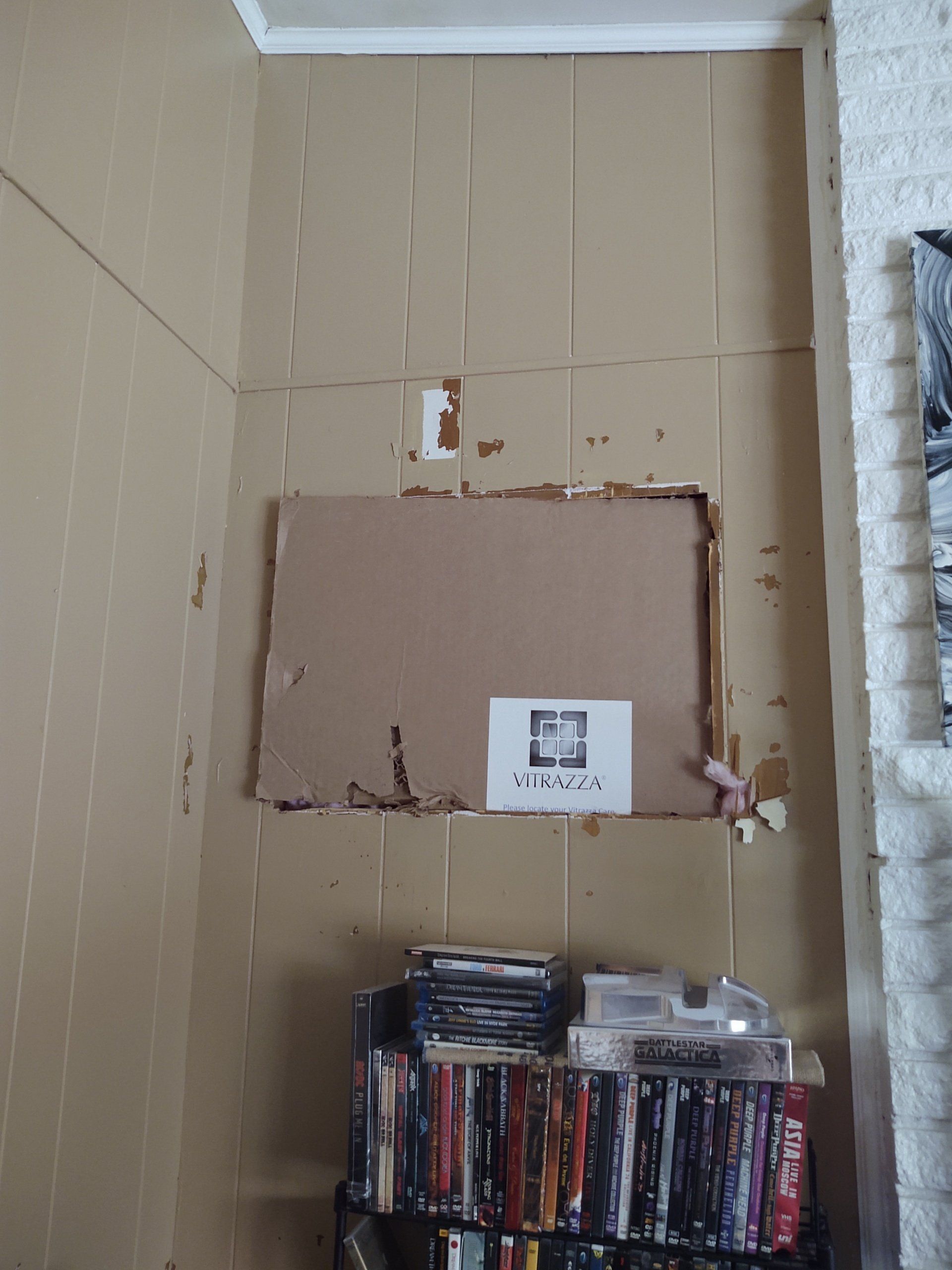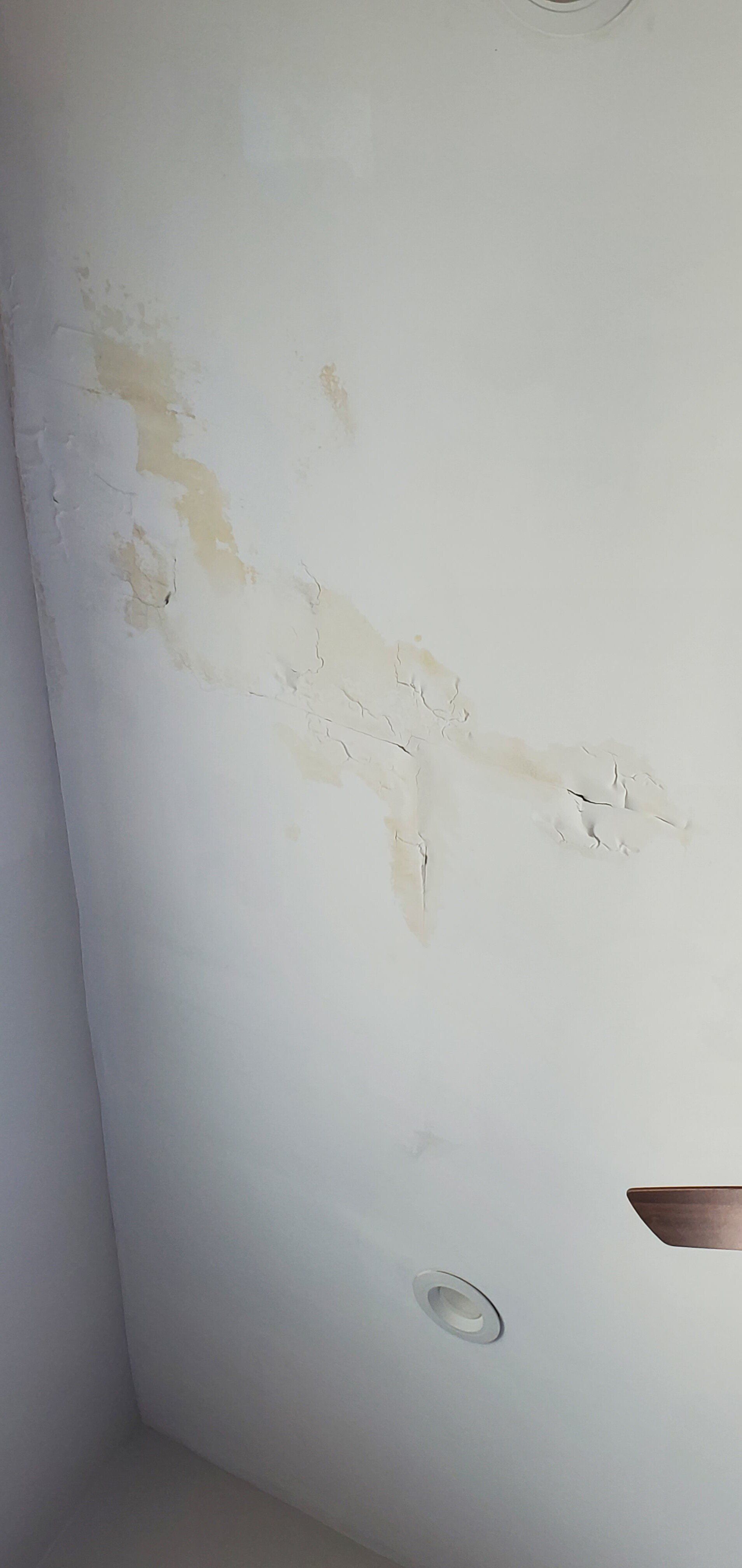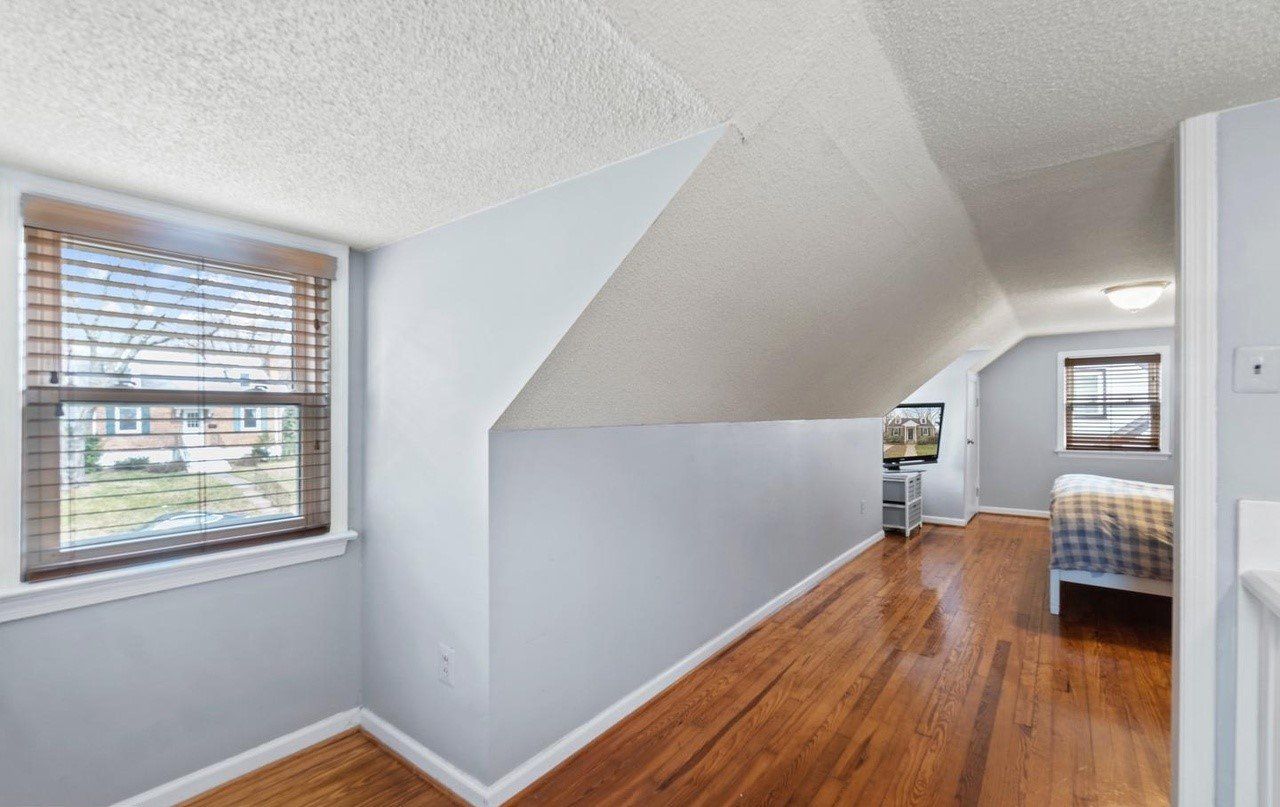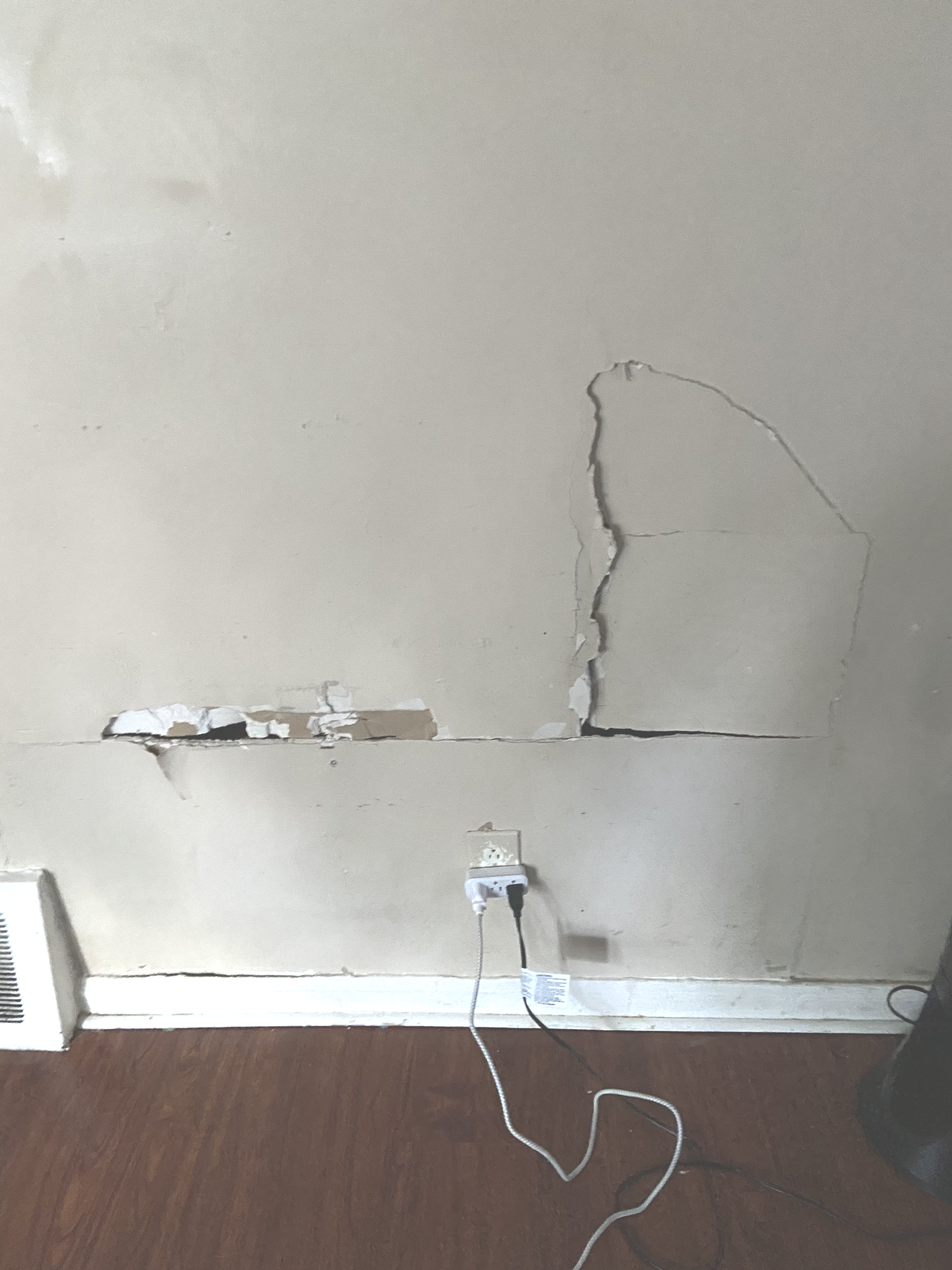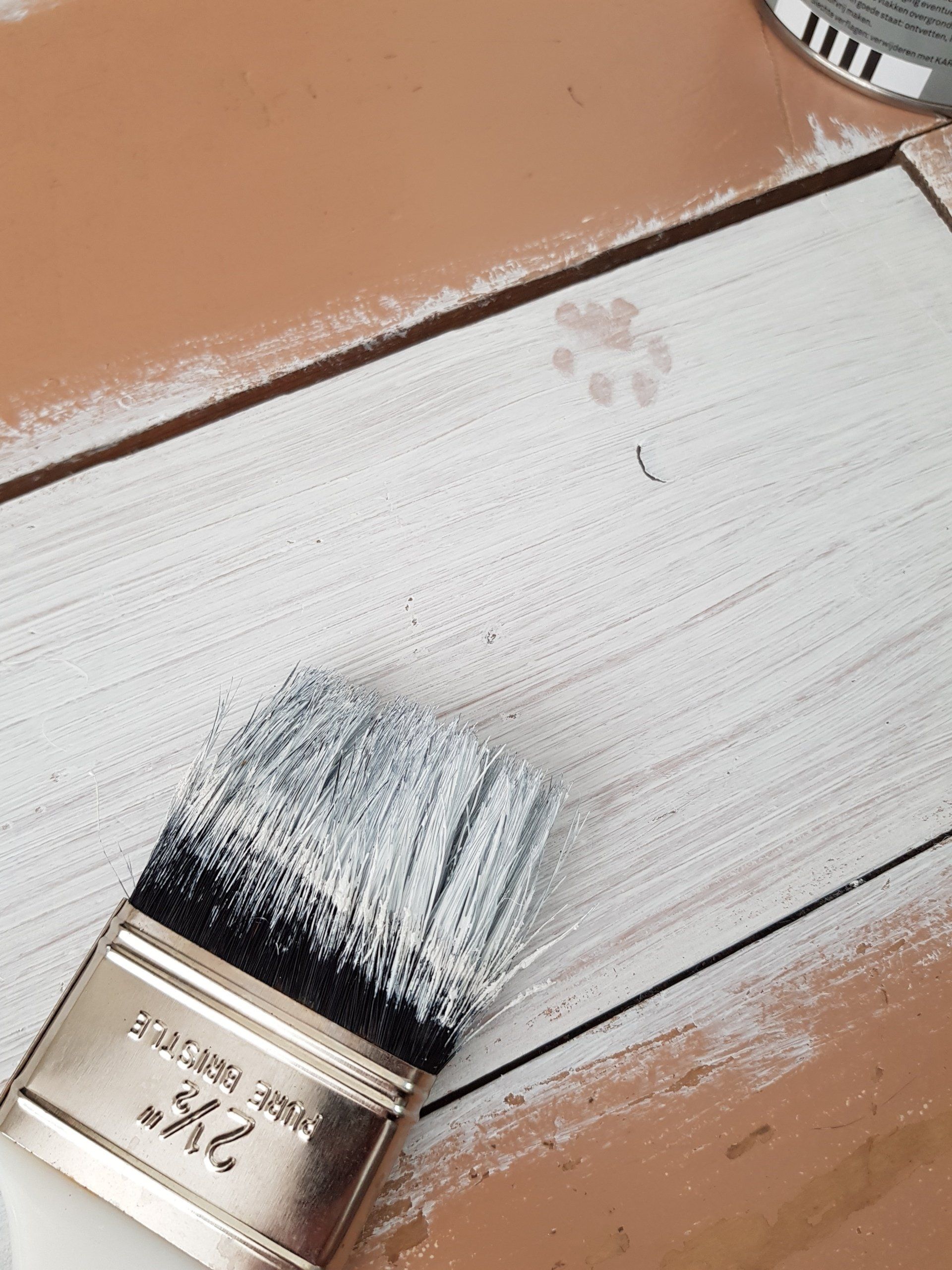Unveiling and Repairing Cracks in Your Ceiling: A Comprehensive DIY and Professional Guide
Navigating the Challenges of Ceiling Cracks - From DIY Fixes to Professional Solutions
When a homeowner notices a crack in the ceiling, it can stir up concerns ranging from minor aesthetic issues to significant structural problems.
This comprehensive guide is designed to assist you in identifying and addressing ceiling cracks, employing both DIY techniques and professional expertise when necessary.
From understanding the cause to executing the repair, we cover all the essential aspects.
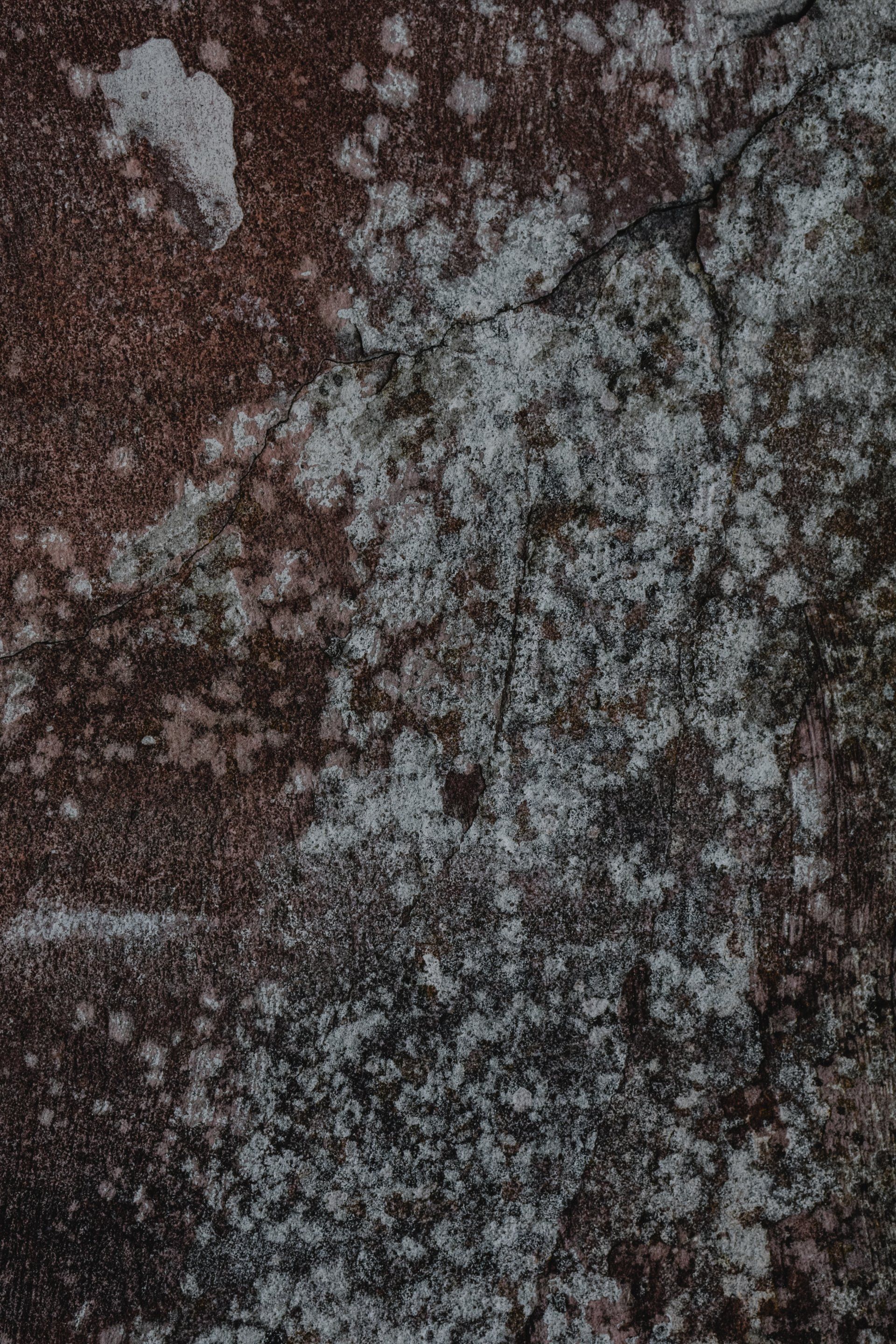
Understanding Cracks in Your Ceiling
Types of Ceiling Cracks
Cracks in Ceiling Plaster: These are common in older homes and can result from the house settling or moisture issues.
Crack in Ceiling Drywall: More typical in modern constructions, these cracks might be due to temperature changes, humidity, or structural movement.
Identifying Water Damage: Be vigilant for cracks with signs of moisture or discoloration, which could indicate more serious issues like water damage.
When to Worry: Some cracks are harmless, but a widening crack, especially if accompanied by sagging, is a red flag that requires professional assessment.
DIY Solutions for Ceiling Cracks
Repairing Plaster Cracks: Start by cleaning the crack, then apply a plaster repair compound. For larger cracks, use mesh tape for added stability.
Addressing Drywall Cracks: Small drywall cracks can be fixed with drywall compound, while larger ones may need drywall tape and joint compound for a robust repair.
Professional Intervention
When to Call an Expert:
If the crack suggests structural damage or is a result of water damage, it's time to consult a professional. Structural engineers or
licensed contractors can provide the necessary insight and solutions.
Benefits of Professional Repair: Professionals are equipped to handle
complex repairs, especially those involving severe water damage or structural issues, with the right tools and expertise.
Preventative Measures
Regular Inspections: Check your ceilings periodically for any signs of damage.
Promptly Address Moisture Issues: Tackling leaks or humidity problems early can prevent water damage to ceilings.
Foundation Care: Maintain your home's foundation to minimize structural shifts that can lead to ceiling cracks.
Advanced DIY Repair Techniques
Flexible Patching Compound: Ideal for cracks that reappear due to house settling or temperature fluctuations.
Painting Tips: Use a primer before repainting to ensure an even finish. Match the paint to the ceiling's original texture and color.
Dealing with Textured Ceilings: For popcorn or stipple textures, you might need a specialized texture spray to achieve a consistent look post-repair.
Seeking Professional Advice and Repair
Structural Analysis: Engage a structural engineer for deep or wide cracks, as they could indicate serious underlying issues.
Handling Water Damage: Professional expertise is crucial in effectively addressing and resolving ceiling water damage issues.
Restoration Services: In historic homes or cases of severe damage, professional restoration services can be invaluable.
Maintaining Ceiling Integrity
Moisture Control: Employ dehumidifiers and ensure proper ventilation to combat high humidity areas.
Conduct Regular Home Inspections: Keep an eye on the attic and upper floors for potential structural or water damage.
Seek Professional Consultations: Periodic professional inspections are particularly important for older homes or those with previous structural issues.
Conclusion
Cracks in the ceiling, whether in plaster or drywall, warrant attention. Armed with the right knowledge, you can either tackle the problem yourself or recognize when it's time to call in the experts. By staying vigilant and proactive, you can maintain the structural integrity and beauty of your home.
Ready to work with Fort Worth Drywall Contractor Services?
Let's connect! We’re here to help.
Send us a message and we’ll be in touch.
Or give us a call today at 111-222-3333
Agency Contact Form
We will get back to you as soon as possible
Please try again later
More Marketing Tips, Tricks & Tools

©Fort Worth Drywall Contractor Services
Get In Touch
© 2004 | Powered by UpShot
